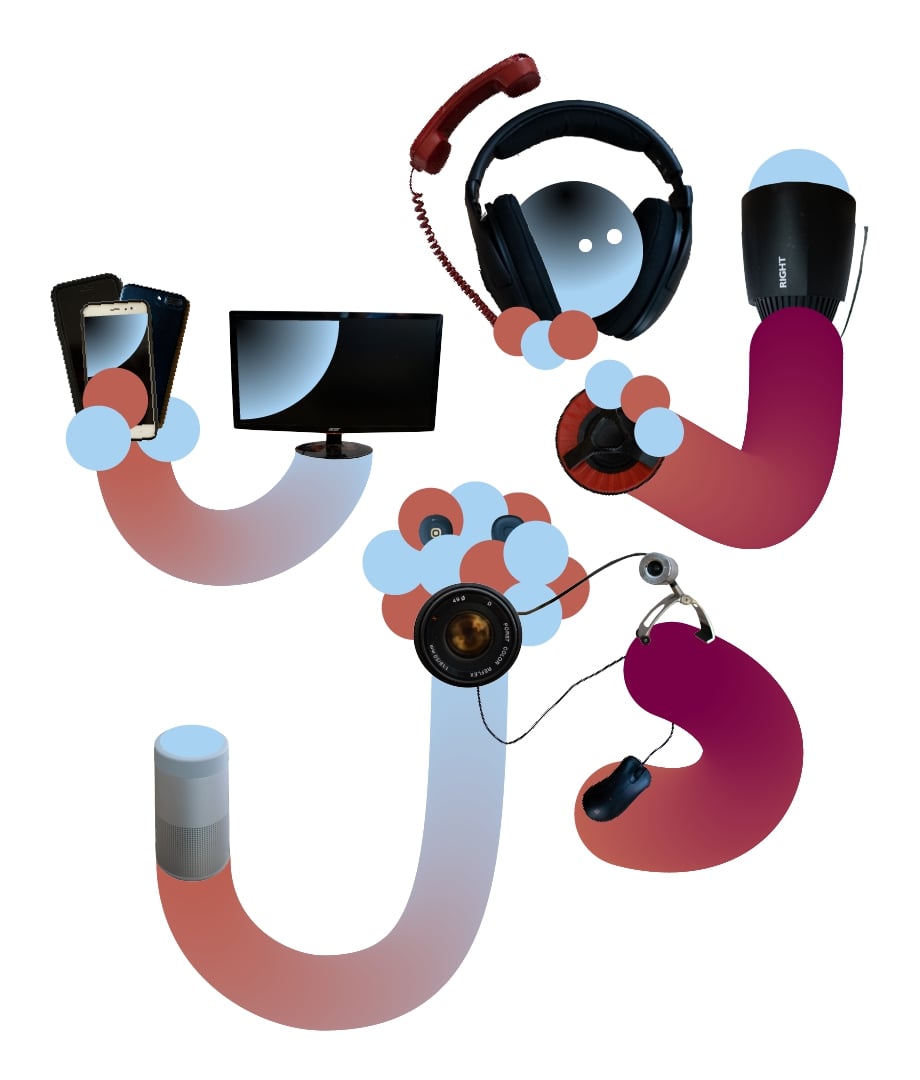
ΑΙhub.org
AAAI Fall Symposium: Patrícia Alves-Oliveira on human-robot interaction design
 Anton Grabolle / Better Images of AI / Human-AI collaboration / Licenced by CC-BY 4.0
Anton Grabolle / Better Images of AI / Human-AI collaboration / Licenced by CC-BY 4.0
The AAAI Fall Symposium Series is taking place in Arlington, USA, and comprises seven different symposia. One of these, the tenth Artificial Intelligence for Human-Robot Interaction (AI-HRI) symposium is being run as a hybrid in-person/online event, and we tuned in to the opening keynote, which was given by Patrícia Alves-Oliveira.
As a psychology student, Patrícia’s dream was to become a therapist. However, an internship, where she encountered a robot for the first time, inspired her to change her plans, and she decided to go into the field of human-robot interaction. Following a PhD in the field, she worked as a postdoc, before heading to industry as a designer in the Amazon Astro robot team.
Patrícia has worked on a number of interesting projects during her time in academia and in industry. Thinking about how to design robots for specific user needs, and keeping the user at the forefront during the design process, has been core to her work. She began by summarising three very different academic projects.
Creativity and robotics
The objective of this project was to design, fabricate, and evaluate robots as creativity-provoking tools for kids. Patrícia created a social robot named YOLO (or Your Own Living Object) that she designed to be child-proof (in other words, it could withstand being dropped and knocked over), with the aim of trying to help children explore their creativity during play. A machine learning algorithm learns the pattern of play that the child has and adapts the robot behaviour accordingly. You can see the robot in action in the demo below:
FLEXI robot
As a postdoc project, Patrícia worked on building FLEXI, a social robot embodiment kit. This kit consists of a robot (with a face, and a torso with a screen on the front), which can be customised, and an open-source end-user programming interface designed to be user-friendly. The customisation element means that it can be used for many applications. The team has deployed FLEXI across three application scenarios: community-support, mental health, and education, with the aim of assessing the flexibility of the system. You can see the robot in action, in different scenarios, here.
Social dining
This project centred on a robotic arm for people with impaired mobility. Such systems already exist for assisting people with tasks such as eating. However, in a social context they can often form a barrier between the user and the rest of the group. The idea behind this project was to consider how such a robot could be adapted to work well in a social context, for example, during a meal with family or friends. The team interviewed people with impaired mobility to assess their needs, and came up with a set of design principles for creating robot-assisted feeding systems and an implementation guide for future research in this area. You can read the research paper on this project here.
You can find out more about these three projects, and the other projects that Patrícia has been involved in, here.
Astro robot
Patrícia has long been interested in robots for the real world, and how this real-world experience is aligned with the study of robots in academia and industry. She decided to leave academia and join the Astro robot programme, which she felt was a great opportunity to work on a large-scale real-world robot project.
The Astro robot is a home robot designed to assist with tasks such as monitoring your house, delivering small objects within the home, recognising your pet, telling a story, or playing games.
Patrícia took us through a typical day in the life of a designer where she always has in mind the bigger picture of what the team is aiming for, in other words, what the ideal robot, and its interactions with humans, would look like. Coupled to that, the process is governed by core design tenets, such as the customer needs, and non-negotiable core elements that the robot should include. When considering a particular element of the robot design, for example, the delivery of an item in the robot tray, Patrícia uses storyboards to map out details of potential human-robot interactions. An important aspect of design concerns edge cases, which occur regularly in the real world. Good design will consider potential edge cases and incorporate ways to deal with them.
Patrícia closed by emphasising the importance of teamwork in the design process, in particular, the need for interdisciplinary teams; by considering design from many different points of view, the chance of innovation is higher.
You can find out more about the Artificial Intelligence for Human-Robot Interaction (AI-HRI) symposium here.
tags: AAAI, AAAI Fall Symposium 2023









